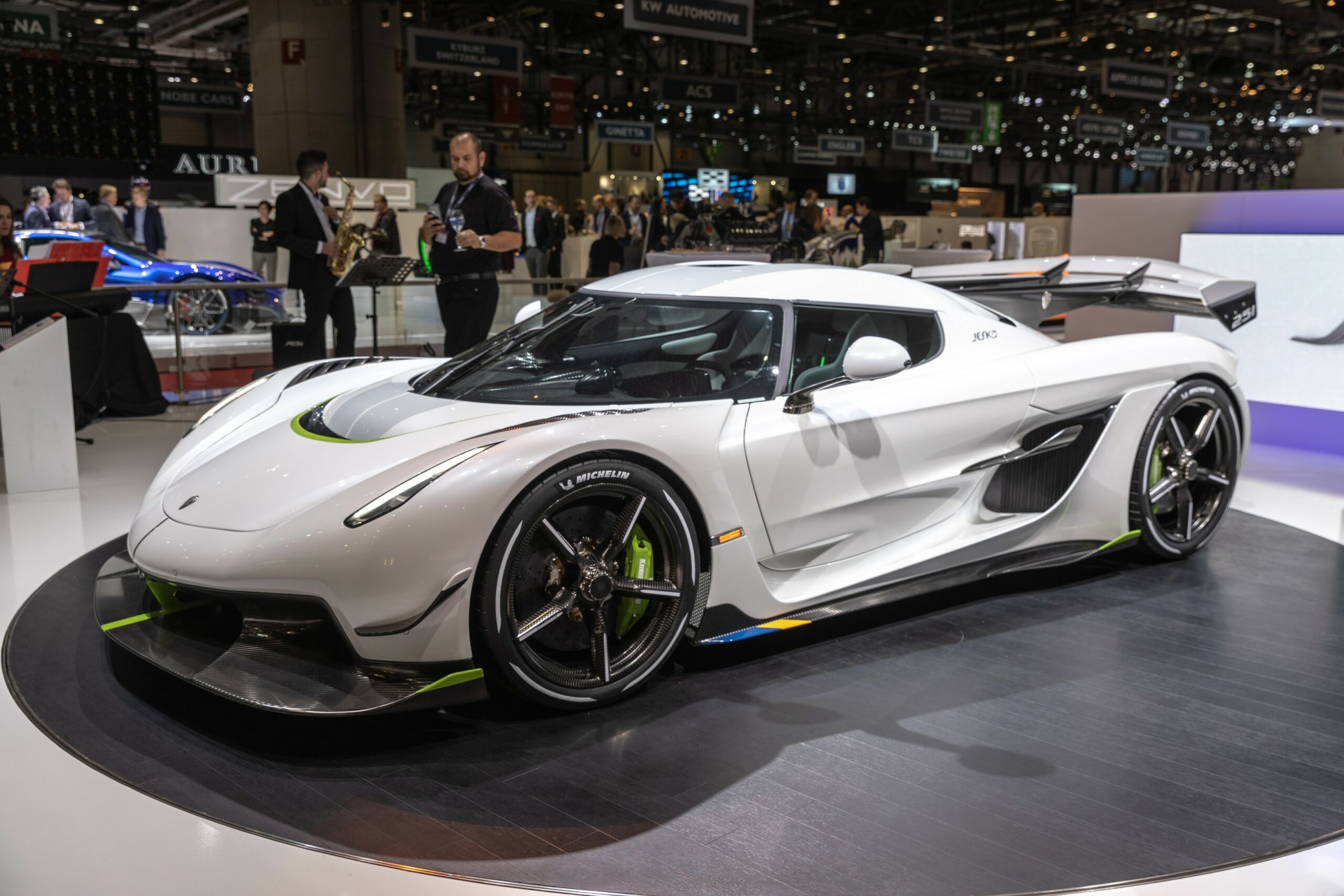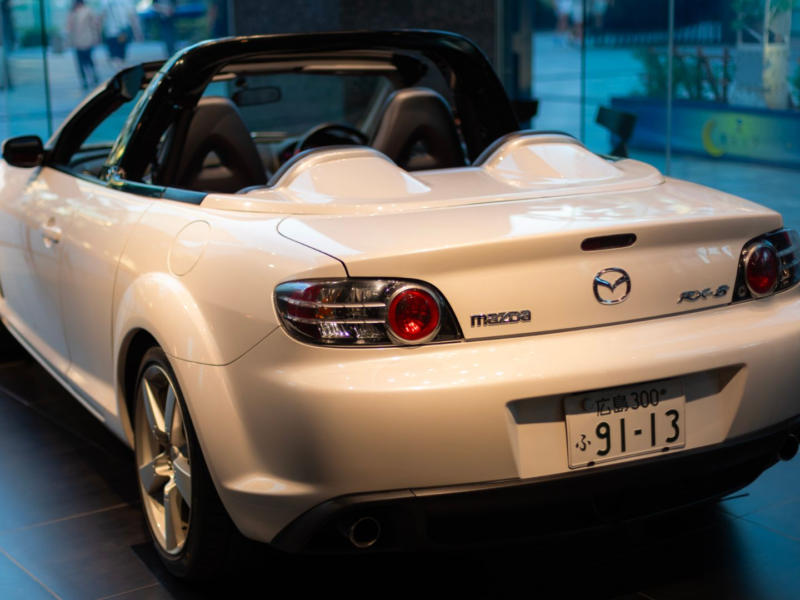Koenigsegg Jesko, a hypercar known for its extraordinary performance and engineering, has the following dimensions:
- Length: Approximately 4610 mm (181.5 inches)
- Width: Around 2030 mm (79.9 inches) excluding mirrors
- Height: Approximately 1210 mm (47.6 inches)
- Wheelbase: About 2700 mm (106.3 inches)
These dimensions contribute to the Jesko’s aerodynamic profile and its overall presence as a high-performance hypercar, balancing its striking appearance with the engineering required for its exceptional speed and handling capabilities.

Does Koenigsegg use Ford engines?
Koenigsegg has used Ford engines in the past, but they no longer do. Here’s a breakdown:
Early Years (1994-2012):
- Koenigsegg’s first few models, like the CC8S and CCX, used modified versions of the Ford Modular V8 engine.
- These engines were chosen for their power, reliability, and relatively lightweight design.
- Koenigsegg heavily modified the engines, upgrading components like the turbochargers and internals for increased performance.
Transition (2012-2018):
- In 2012, Koenigsegg developed its own in-house V8 engine for the Agera.
- While still based on the modular V8 architecture, the Koenigsegg engine featured significant differences in components and design.
- This marked a significant step towards independence for the Swedish automaker.
Present Day (2018-):
- Since 2018, all Koenigsegg models have used fully independent engines designed and built by the company.
- These engines, like the twin-turbocharged V8 in the Gemera, showcase Koenigsegg’s engineering prowess and push the boundaries of power and efficiency.
Therefore, while Koenigsegg did rely on Ford engines in its early years, they have transitioned to developing and using their own unique engines. This shift represents their commitment to innovation and their distinct identity as a high-performance luxury car manufacturer.


